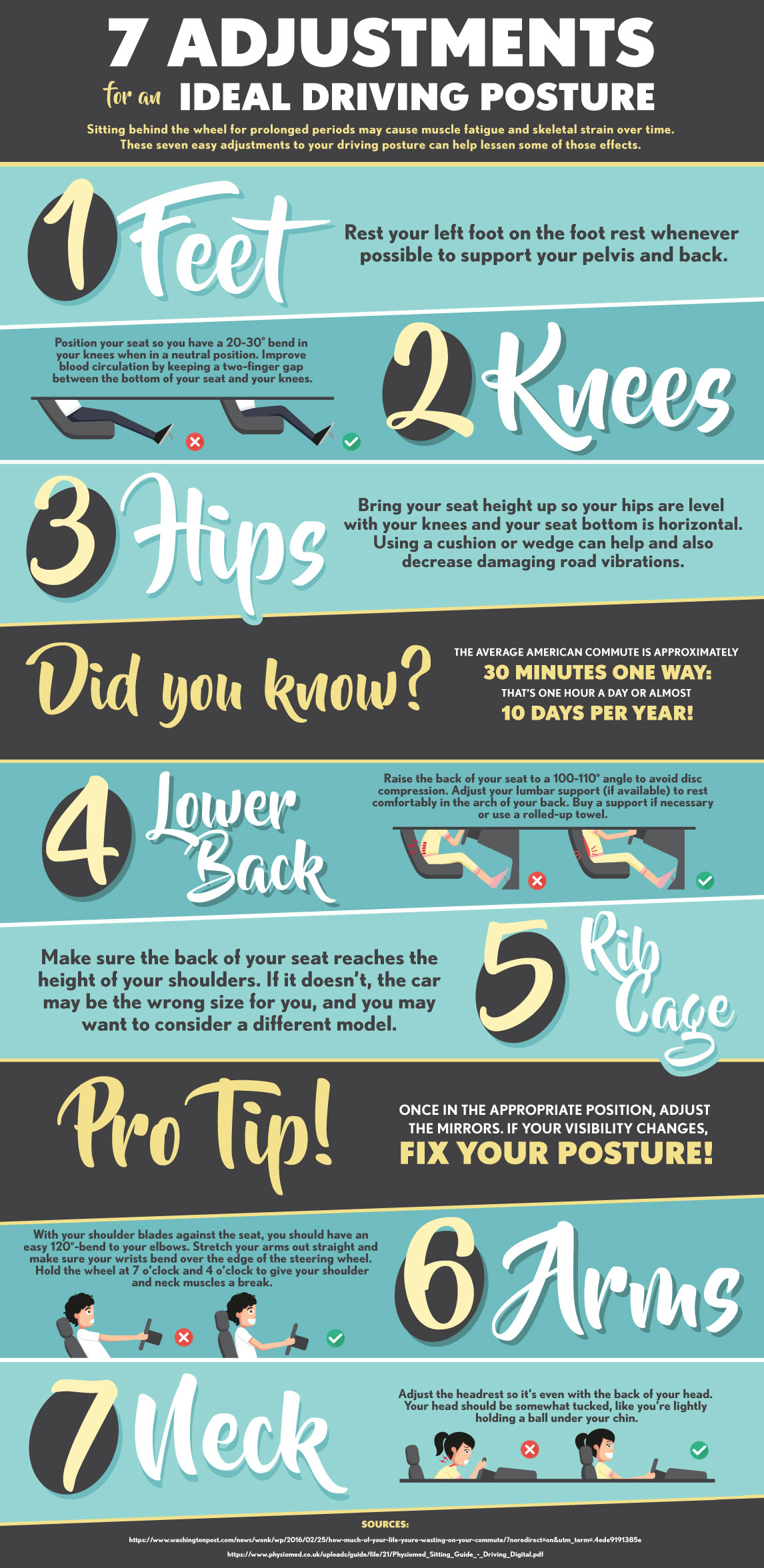The Relationship Between Back Pain And Your Health: Common Conditions And Their Signs And Symptoms
The Relationship Between Back Pain And Your Health: Common Conditions And Their Signs And Symptoms
Blog Article
Produced By- chiropractor zapper
If you're experiencing back pain, your body may be attempting to tell you something greater than just discomfort. The means your back really feels can supply beneficial hints about your total wellness. Understanding the certain sort of discomfort you're really feeling and any kind of accompanying symptoms is crucial to unraveling the enigma behind your discomfort. Let's check out the typical conditions and signs associated with various kinds of neck and back pain to shed light on what your body may be signaling.
Kinds Of Back Pain
When it comes to pain in the back, there are various kinds that you might experience. One usual kind is muscle mass pain, commonly caused by overuse, strain, or injury to the muscular tissues and ligaments sustaining the spine. This kind of discomfort can vary from moderate pain to extreme and incapacitating pain.
Another type is nerve pain, which can arise from problems like herniated discs or sciatica. Nerve pain typically offers as a sharp, shooting experience that radiates down the leg.
Joint pain in the back can come from concerns like arthritis or sacroiliac joint dysfunction. This kind of discomfort is commonly felt in the lower back and can be intensified by particular activities.
Additionally, neck and back pain can be related to structural issues such as spine stenosis or vertebral fractures. Understanding the kind of pain in the back you're experiencing is important in identifying the proper treatment and administration approaches.
Common Manifestations to Expect
Relocating beyond the numerous types of pain in the back, it is very important to identify the common signs and symptoms that can signal underlying issues.
Relentless neck and back pain that gets worse with movement or at night could suggest a much more significant problem. Feeling numb or tingling in the legs or feet, particularly when accompanied by weakness, might point to a nerve-related concern. If https://shanehcwqk.blogoscience.com/36372701/exploring-the-web-link-between-chiropractic-care-and-mental-health experience unexpected weight-loss together with neck and back pain, it could be a sign of a more systemic condition.
Take note of any changes in bladder or bowel feature, as this could be linked to spine compression. Fever, chills, or evening sweats along with pain in the back might indicate an infection. Keep an eye out for pain that radiates down one or both legs, possibly a sign of sciatic nerve pain.
Health Issues Linked to Back Pain
If you struggle with pain in the back, it's important to recognize the prospective wellness problems connected to this discomfort. Back pain can be a symptom of different underlying problems, consisting of muscular tissue pressures, herniated discs, osteoarthritis, back stenosis, and also problems like kidney stones or infections.
Muscle mass strains are common and usually result from raising hefty things or abrupt motions.
Read Homepage happen when the soft tissue in between vertebrae protrudes, triggering nerve inflammation.
Osteoarthritis, a degenerative joint illness, can result in neck and back pain as cartilage material wears down.
Back stenosis, the narrowing of the back canal, can put pressure on nerves.
Kidney stones might create extreme neck and back pain if they move into the urinary system system.
Infections like spine osteomyelitis can likewise show up as neck and back pain. Understanding these prospective health conditions can assist you look for proper medical care and administration for your back pain.
Final thought
So, next time your back harms, take note of the sort of discomfort and coming with symptoms. It could be a signal from your body about underlying health and wellness conditions like muscle strain, nerve problems, joint issues, or even structural concerns. By recognizing these indications, you can take positive steps to resolve the source of your pain in the back and improve your general health and well-being.
